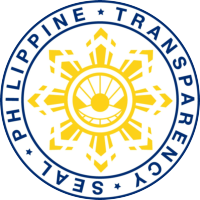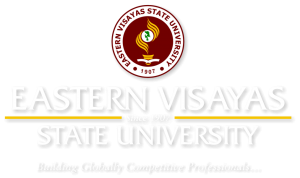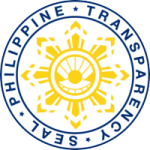Proponent(s)
Imee A. Saladaga
Abstract
The demand for alternative energy sources in the Philippines increases with its growing population and rising fossil fuel prices. It is estimated that the country’s potential capacity from biomass resources is 4,450 MW, majority of which is underutilized. Extensive agricultural activities are practiced throughout the country, where one-third of its land area is used for crop cultivation. The major crop produced across the archipelago is rice, a staple food among Filipinos. Camarines Sur, found in the Bicol region, is one of the leading rice harvesting provinces in the country. Located across the province are mills set up near rice fields that produce large amounts of rice hull wastes. Customarily, rice hull is burned or discarded after milling, without knowing its full potential. It is important to develop the use of biomass in the country’s energy supply because energy development investments are being impeded by the lack of research and knowledge locally. The goal of this paper is to present a method in assessing the available energy potential of rice hull in Camarines Sur. Mathematical models and remote sensing techniques were employed in a GIS platform while data validation was done using field surveys. In the resource assessment, theoretical (Bn) and available (Bv) potential maps were generated. Theoretical potential shows the total annual production of rice hull in the study area. However, this value does not indicate the actual usable biomass because of competing uses and lapses in residue collection. The computation of available potential resolves this issue as it computes the actual amount of energy derived from rice hull. It is a function of theoretical potential, efficiency of rice hull collection, availability for energy production, lower heating value, and area of the study interest. The model was evaluated using a Landsat-derived agricultural map of Camarines Sur. The values used for efficiency of collection (93.025%) and availability for energy (37.5%) were field validated. The calculated Bn of rice hull was 51,564.93 metric tons while the actual amount of available energy (Bv) was 560.54 MJ/ha. Results show that there is a high resource potential for alternative energy in the province. The model used in this study can be applied in spatially evaluating bioenergy potential on a national scale. The generated resource maps can also aid with suitability and optimality analysis
Publication Date
2015
Name of Research Journal
International Scientific Journal Journal of Environmental Science
Citation
Sevilla, K. H., Remolador, M. V., Saladaga, I. A., Baltazar, B. M., Inocencio, L. C. V., & Ang, M. R. (2015). Estimation of rice hull energy potential using Landsat-derived agricultural maps in Camarines Sur, Philippines. International Social Science Journal.





